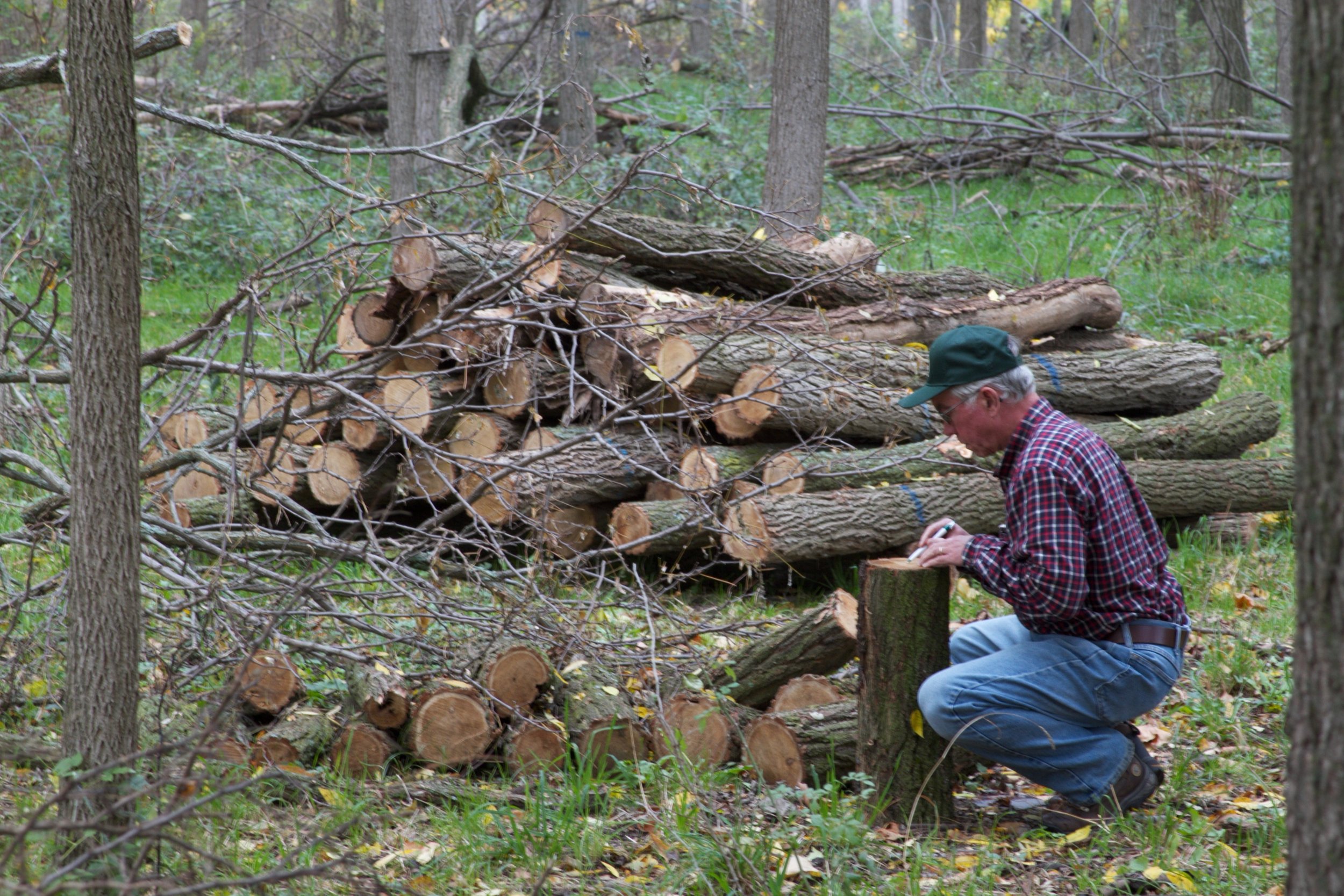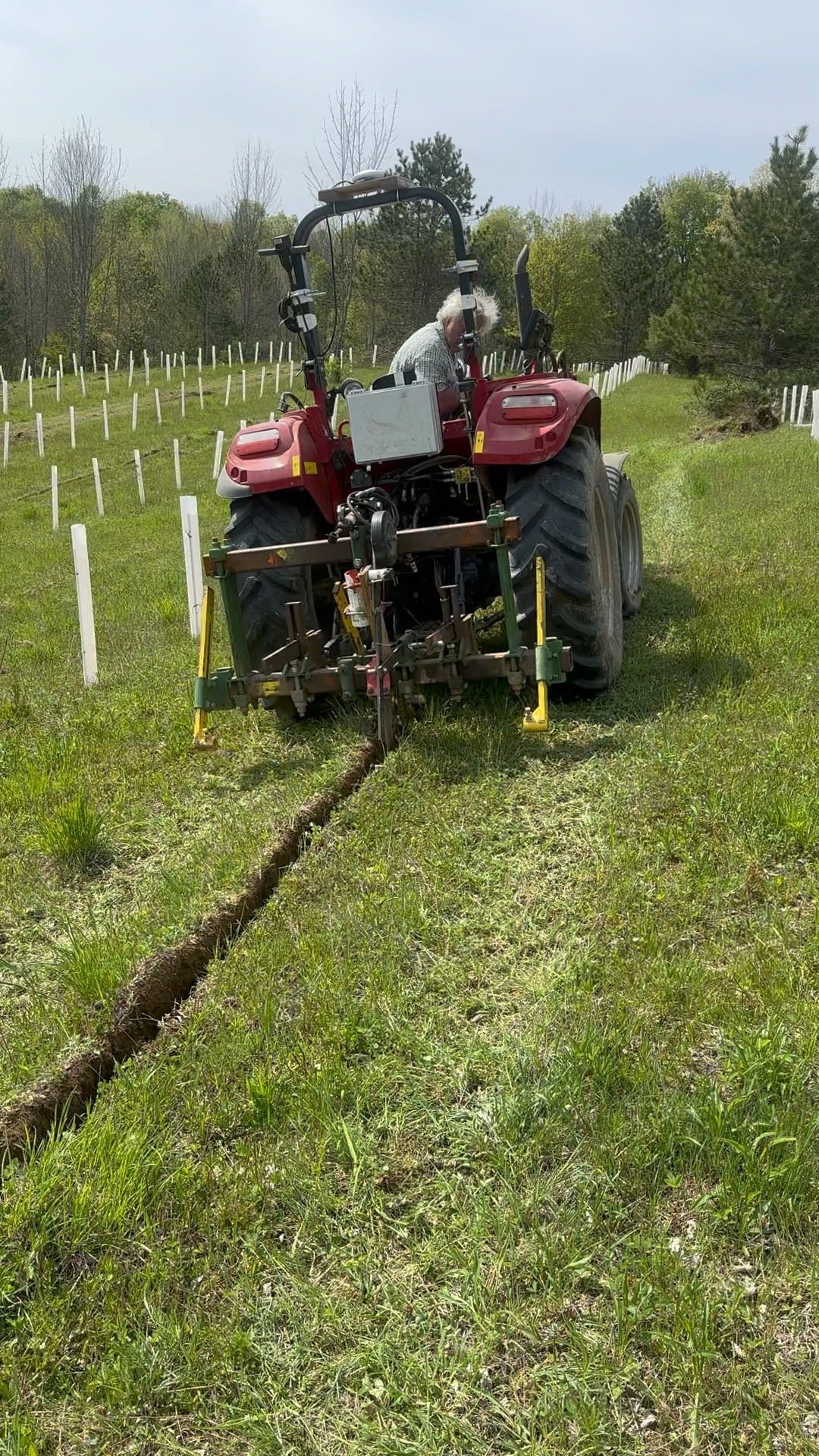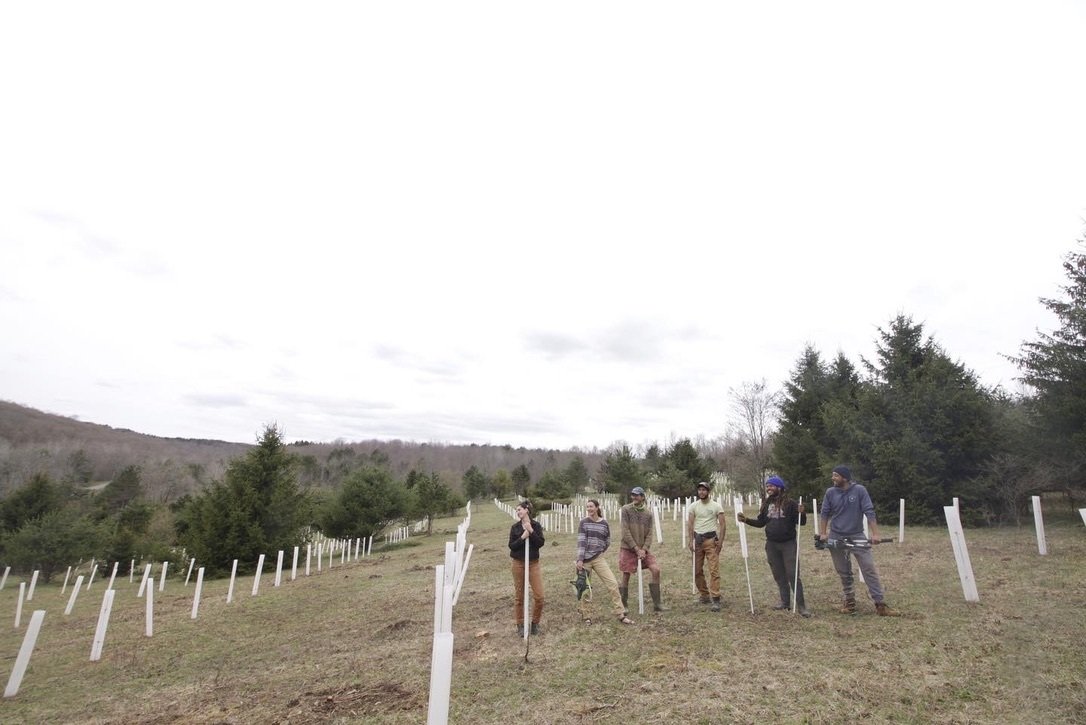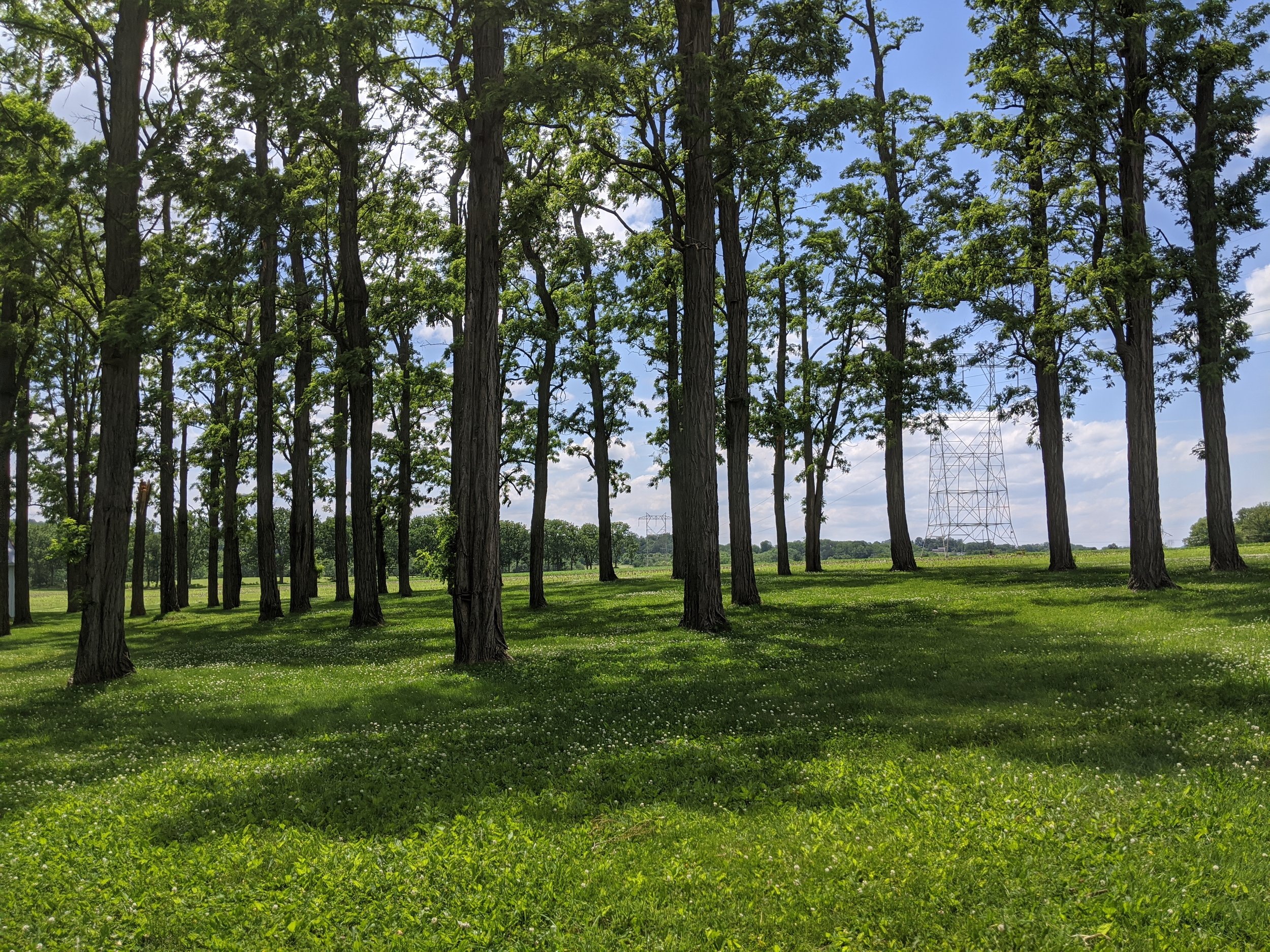
Impact Investing with Black Locust
Growing Timber Through Collaboration
Agroforestry creates a multitude of benefits for landowners. However, finding project partners that can help select the right trees for the farm and implement the project end-to-end with good tree survivorship can be difficult.
Impact Investing through Native Timber
Planting a lesser known commercial crop like black locust may at first seem risky, but for investors interested in tree crops and nature-based solutions, the opportunities outweigh the risks.
For Ben Lennon of Cold Spring Farm in Otsego County, New York, black locust made sense from both the environmental and financial perspective, providing high optionality through revenue diversification while supporting ecosystems through improved floral diversity, carbon sequestration, and runoff mitigation.
Phase 1: Aligning with Goals
With 15+ years of experience in Corporate and Investment Banking in New York City under his belt, as well as a deeply-held appreciation for nature and environmentalism, Ben sought out the Propagate team for their expertise in designing and deploying profitable yet ecologically-sound agricultural systems — namely, black locust as a rot resistant, fast-timber crop akin to Teak and Mahogany.
Project Goals
🐝 Ecological biodiversity
🧑🌾 Farm profitability
♻️ Low maintenance & sustainability
Changing The Status Quo in Farmland Investing
Traditionally, permanent crops have been viewed as more risky than annuals, generating more variable returns year over year from the standpoint of income and appreciation. This false binary pits annuals against perennials to the detriment of farmer livelihoods, ecosystems, and the long-term productivity of assets. Though annuals may yield more stable returns year over year, they erode topsoil at a rate of 1% each year, which scientists predict will reduce yields by 50-70% in the long-term. Tree crops, meanwhile, stabilize soil, reducing the erosion of this critical natural asset. Agroforestry – the intentional comingling of annuals and perennials – presents investors and asset managers with the unique opportunity to stabilize their soils and their returns.
As one of temperate North America’s only native “fast timber” species, black locust (Robinia pseudoacacia) is widely planted in agroforestry systems, integrated most often into working buffers, silvopasture systems, alley cropping schemes, and forest plantations. Black locust’s growth rate rivals that of Teak and other tropical species, offering multiple long- and short-term revenue streams across different sectors: rot-resistant fence-posts, milled decking, saw-logs, and carbon revenue — not to mention, revenue from cattle weight gain in silvopastoral systems. You can read more about the business case for black locust here.
Naturally high in tannins and other polyphenols that promote rot resistance more effectively than chemical treatments, black locust is among the most durable woods available on the market, 30% stronger than white oak. Its vigorous growth habit, moreover, means multiple harvests are attainable from a single stand. Propagate projects an Internal Rate of Return of 16% for a locust-hay alley cropping system, though understanding the financials of a given system requires site-specific suitability analysis.
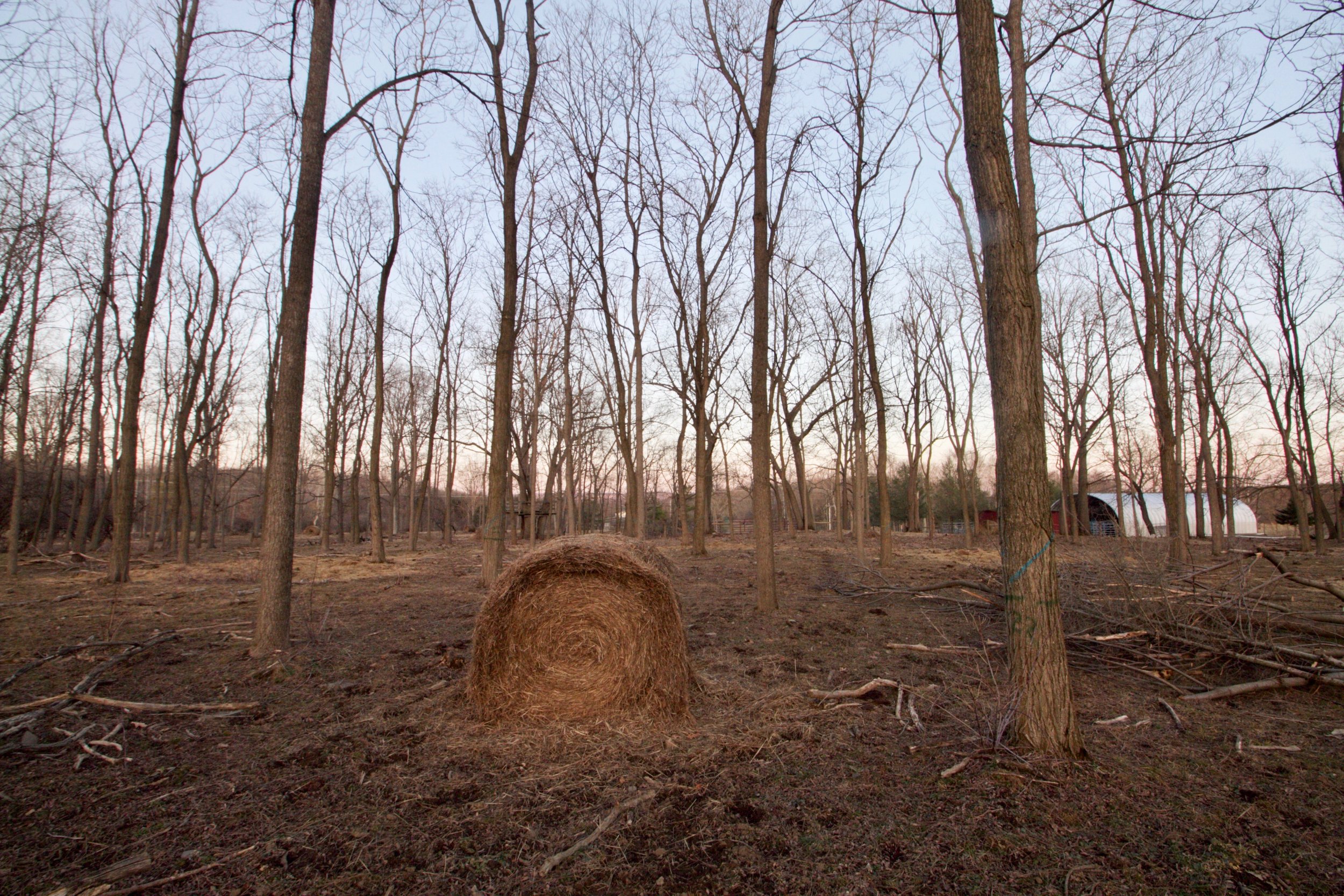
Phase 2: Navigating Land-Use Options: Matching Landowner Goals to Site Suitability
As he weighed his options for Cold Spring Farm, Ben saw the value in planting black locust as a long-term investment, carbon sink, and boon to local biodiversity. Previously, Ben had rented out acreage to a local farmer for hay production, though the majority of his holdings were quickly returning to early-successional forest and scrub, reducing their income-generating potential. Ben turned to Propagate to help identify and deploy a best-fit solution for these sites.
Black locust stood out as a relatively low-maintenance, low-cost solution that balanced returns with ecosystem services. Given his land’s isolated geography and patchwork distribution, planting black locust as a forest plantation made the most financial and agronomic sense. The primary threat to locust plantations – the Locust borer (megacyllene robiniae) – is minimized when planted on isolated acreage like Ben’s, mowed to remove host species, and pruned properly, making it a good fit for his site.
With Propagate projecting an IRR of 9.4% for Ben’s farm, he made the decision to move forward with locust, ordering the planting of 4,070 conservation-grade and 1,926 improved black locust trees. Propagate supported through a turnkey implementation process, running suitability analyses, farm design, genetic selection, procurement, site preparation, installation and post-install management support.
Through site preparation and selective removal of deadwood, Propagate helped return Ben’s land to a manageable state. Propagate modeled Ben’s planting on Hungarian locust plantations, where robinia provides 20% of the nation’s timber output and improved genetics ensure a productive commercial crop. You can read lessons learned from Propagate’s Hungarian locust research here.
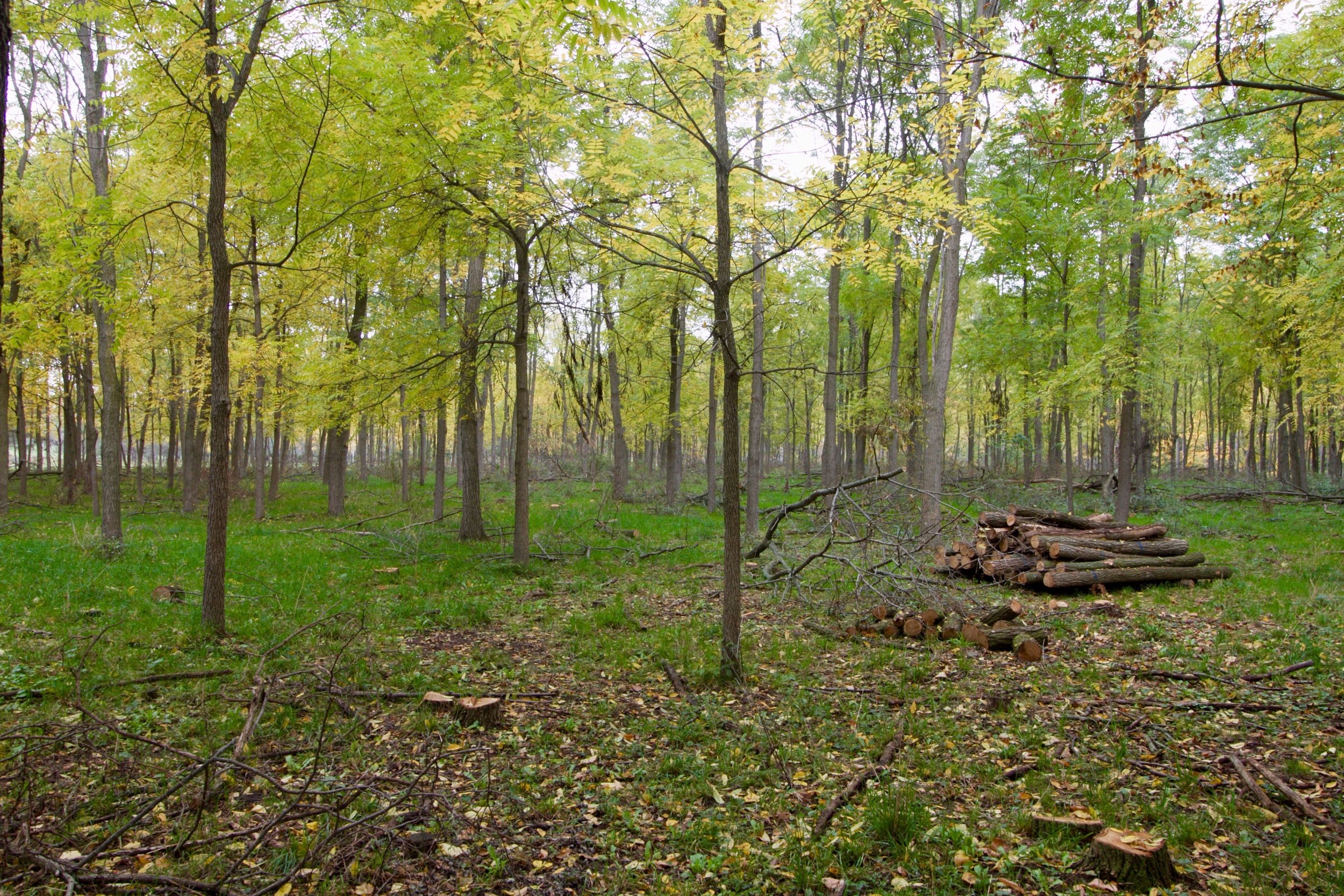
Jeremy and Harry were incredibly informative and pleasant to work with through the entire process. They helped me feel confident that I was making a solid investment decision, that would generate strong long-term returns, while also benefiting the local ecosystem.
“
— Ben Lennon, Cold Spring Farm
Phase 3: Genetics, Planting & Management
For black locust in particular, the selection of improved genetics was especially important for Ben’s project. The labyrinth of genetic variation and plant quality across the black locust genome requires skillful navigation: Producers must identify the right cultivar for their land and goals, whether it be Daybreak and Turbo Obelisk clones or Conservation Grade seedlings. Securing improved cultivars with faster growth rates and straighter morphology not only drives down management costs and replanting needs in the short-term, but also increases sequestration potential, harvest optionality, and ultimately return on investment.
Ensuring quality nursery stock is ultimately mission-critical, as issues with disease, dormancy, and vigor can lead to low survivorship. Propagate’s vetted nursery supplier network and 95% survival guarantee helped Ben feel confident about moving forward.
By continuously seeking improved genetics through global R&D, forward contracting, and exclusivity agreements with genetic partners, Propagate hopes to resolve supply chain bottlenecks towards scaling black locust production across the Eastern United States. Though black locust has historically been propagated from seed and root cuttings, Propagate has partnered with nursery groups to expand access to improved genetics through tissue culture. Towards this end, Propagate announced an exclusivity license to the Turbo Obelisk group of Black Locust genetics, in partnership with Silvanus Forestry.
Ensuring Success in Planting
It’s important to note that tree planting is labor intensive, seasonal, and requires specific skills. Propagate was able to help provide planting and management services that put trees in the ground quickly and successfully to ensure survival. All Propagate projects come with an 80% survival guarantee, but the rate for projects planted to date is typically higher.
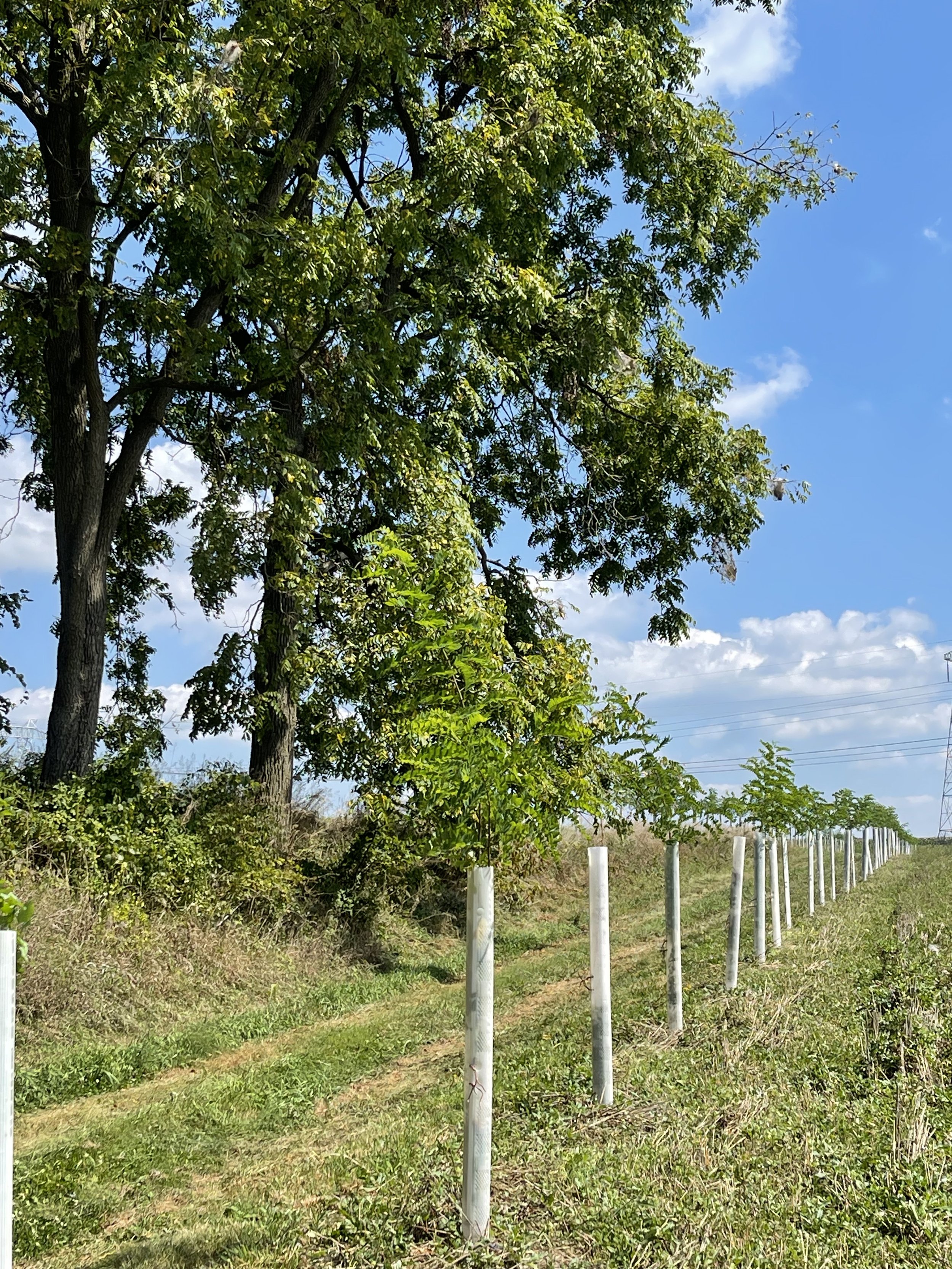
I was really impressed with the improved variety, which was already poking out of the tree tubes after planting
“
— Ben Lennon, Cold Spring Farm
Is black locust right for your farm?
Before you move forward, consider these pros and cons of planting the species.
Pros:
Native to North America (native range extends from the Appalachian Mountains to the Ozarks)
Well suited to marginal soil types.
Fixes nitrogen
A common plant for erosion control
Black locust wood is one of our stiffest domestic timber species, well suited to flooring, furniture, wood decking, fence posts, etc. (its color can range from yellowish-green to a deep russet)
Complement to silvopasture, alley cropping, honey production, etc.
Cons:
Locust borer (megacyllene robiniae) can impact yields, if unmanaged
Naturalized throughout the united states, leading to an impression that it is invasive
Poor management can cause reaction wood, i.e. wood movement - cupping, kinking, bowing, twisting
Our team is excited to spread the word about what black locust can do for your farm.
Contact us to discuss what is possible.

